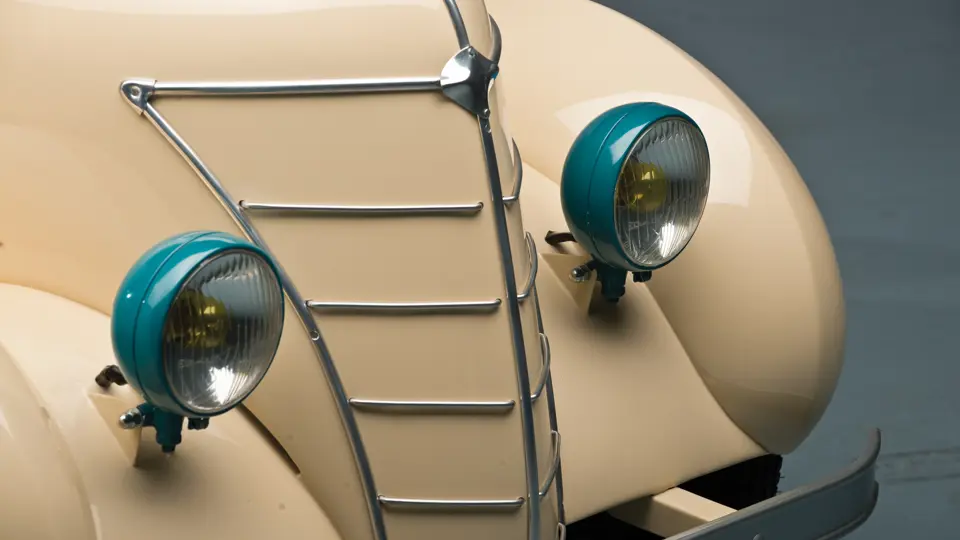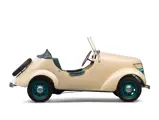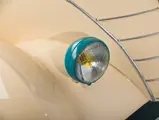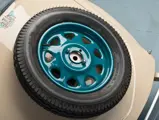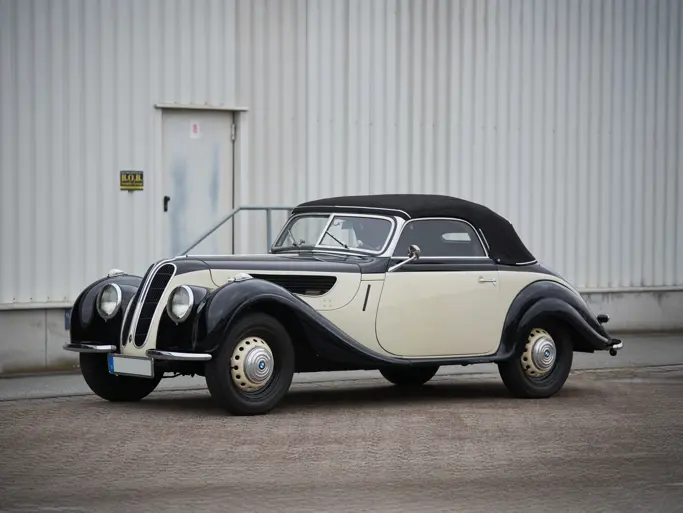One of the best surviving examples.
SPECIFICATIONS
Manufacturer: Ets. De Construction Générale Auto-Cycles
Origin: Lyon, France
Production: limited
Motor: Aubier-Dunne 1-cyl, 2-stroke
Displacement: 125 cc
Power: 4.5 hp
Length: 8 ft. 9 in.
Identification No. 00784
Paul Martin’s New Map Company was founded in 1927, but its origins actually go further back to his father’s cycle company, dating back to 1898. The unusual name of New Map combined the then-fashionable interest in things English (new) with the founder’s initials (Martin, Paul). The company logo and factory façade were Egyptian-themed, reflecting the popular interest in the discovery of King Tut’s tomb in the twenties.
Paul was soon offering a range of motorcycles, making the frames in-house while using a number of proprietary component suppliers to complete them. The firm gained a reputation for quality machines, helped by the acquisition of the Swiss firm of Motosacoche, and prospered.
In 1938, Martin decided that there was room for a “voiturette” in the market, so he added the delightful little New Map “Baby” to his catalogue. The elegant miniature roadster was the work of a Mr. Curnier, also from Lyon. It had a simple tube frame fitted with a steel body, transverse leaf spring front suspension, conventional leaf springs at the rear, and it was powered by a rear-mounted Fichtel & Sachs motor driving a solid rear axle by chain. The direct steering used a small reduction gearbox. The faux-grille imitated that of the contemporary Ford.
The popular little car, now called “Rolux” in the literature for the first time, continued to be built immediately after the war, albeit under license. The location has been misinterpreted to be Geneva, Switzerland, but it was very likely to be the small town of Geneva in France, close to Lyon, as Martin had a habit of forming New Map-financed manufacturing divisions with satellite factories in the area. The name “Voiturette Baby” continued to be used in the literature, and also in the type names.
This Rolux is an example of a VB 58, the early, post-war type characterized by its short, rounded tail and rear fenders, a different chassis with coil springs and swing-arms at the rear, the lack of an opening front hood, and an Aubier-Dunne motor driving the solid rear axle by chain. A luggage compartment was next to the motor in the tail. The attractive steering wheel is the original three-spoke aluminum/wood type, and the folding windshield frame of this model is in the correct cast aluminum. Also correct for this model is the plain, pre-Rolux grille badge. A small door is fitted on the driver’s side, a pricey option that involved extra reinforcement, and which makes this one of the better of the surviving examples.
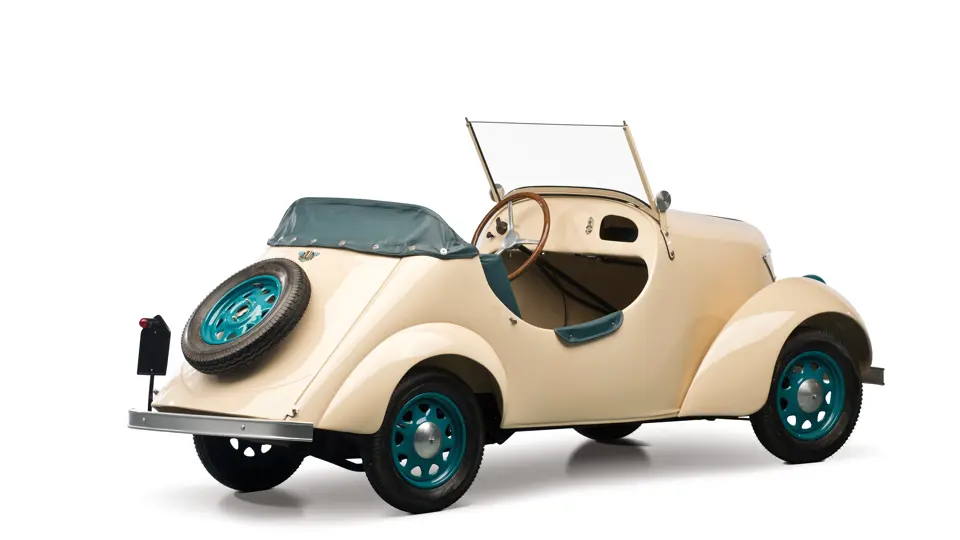




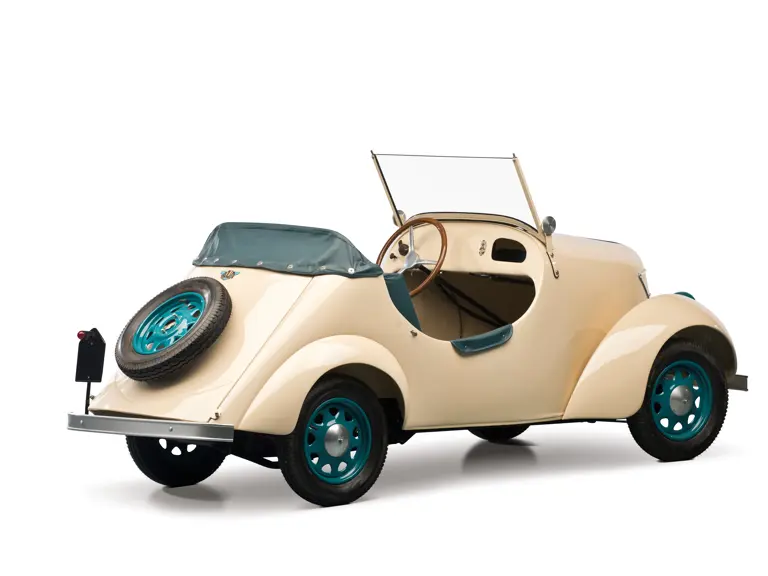
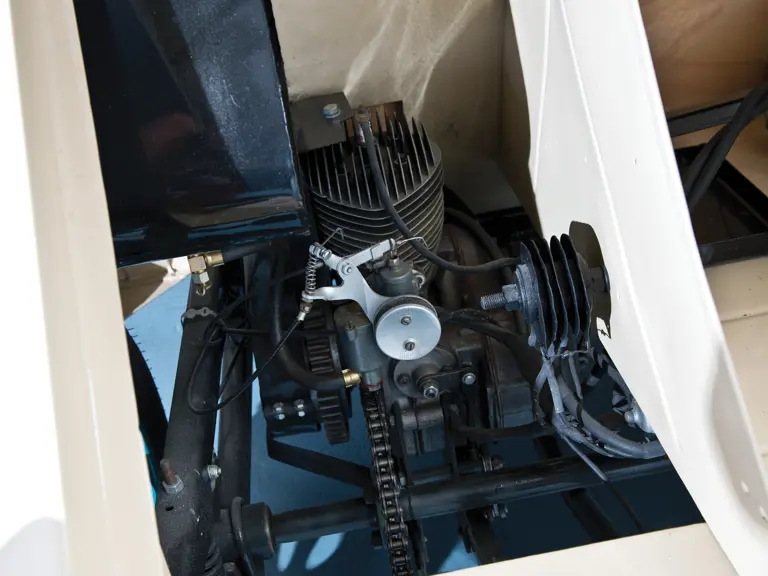
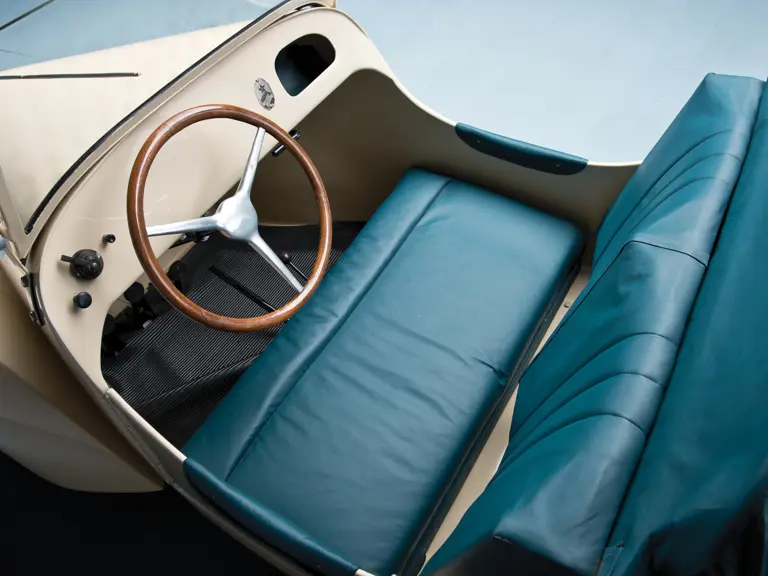
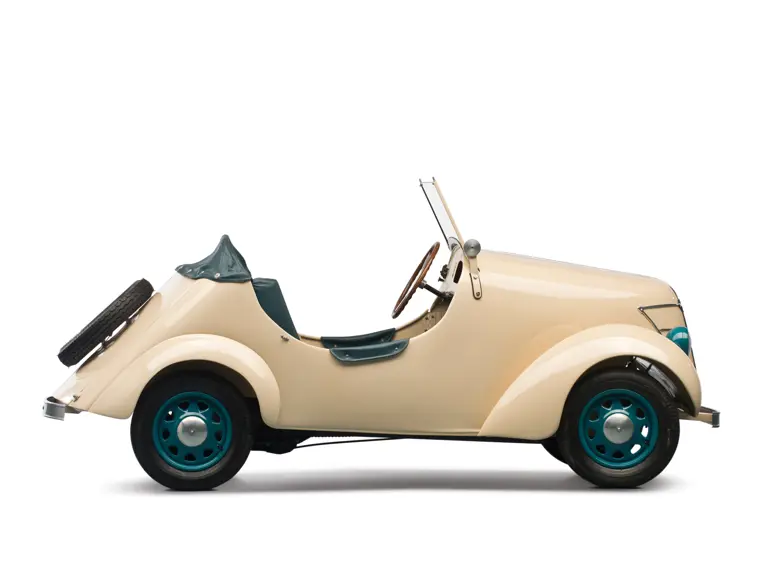
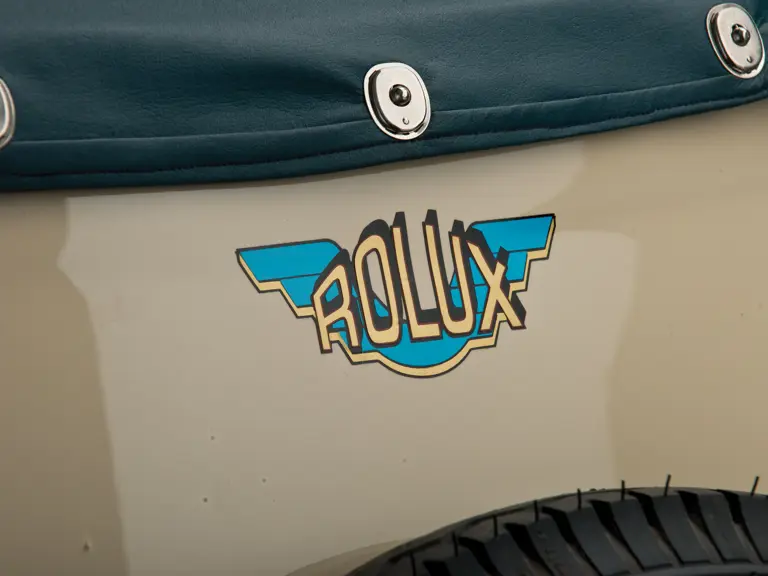
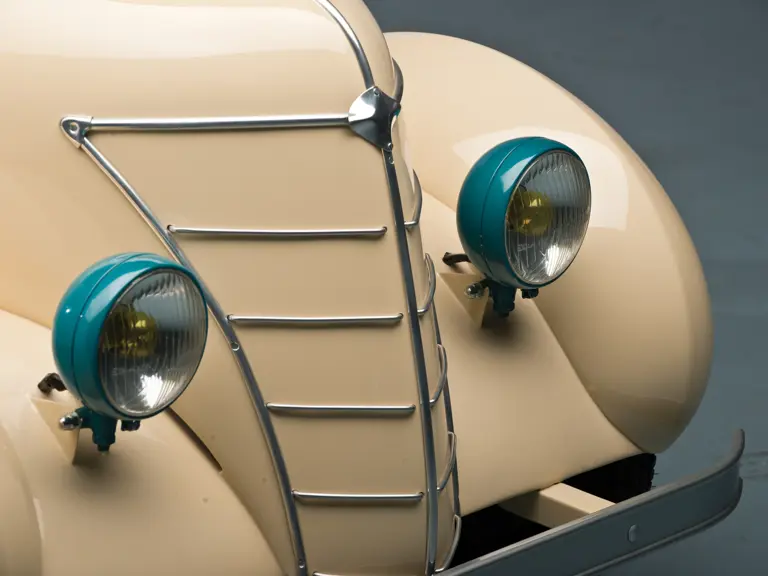


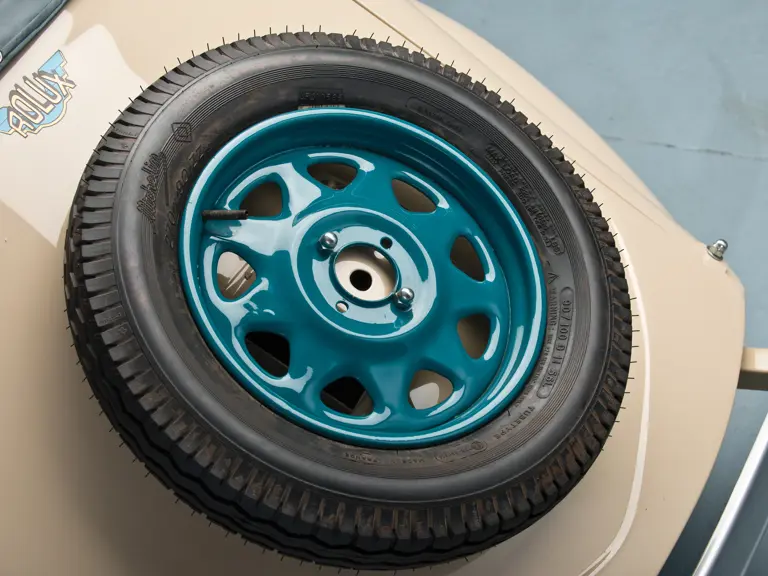

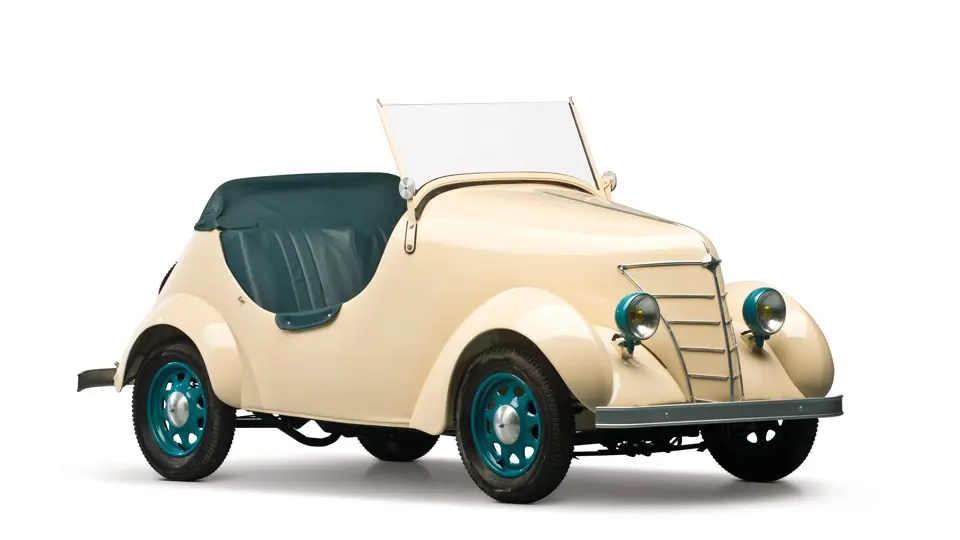
 | Madison, Georgia
| Madison, Georgia


